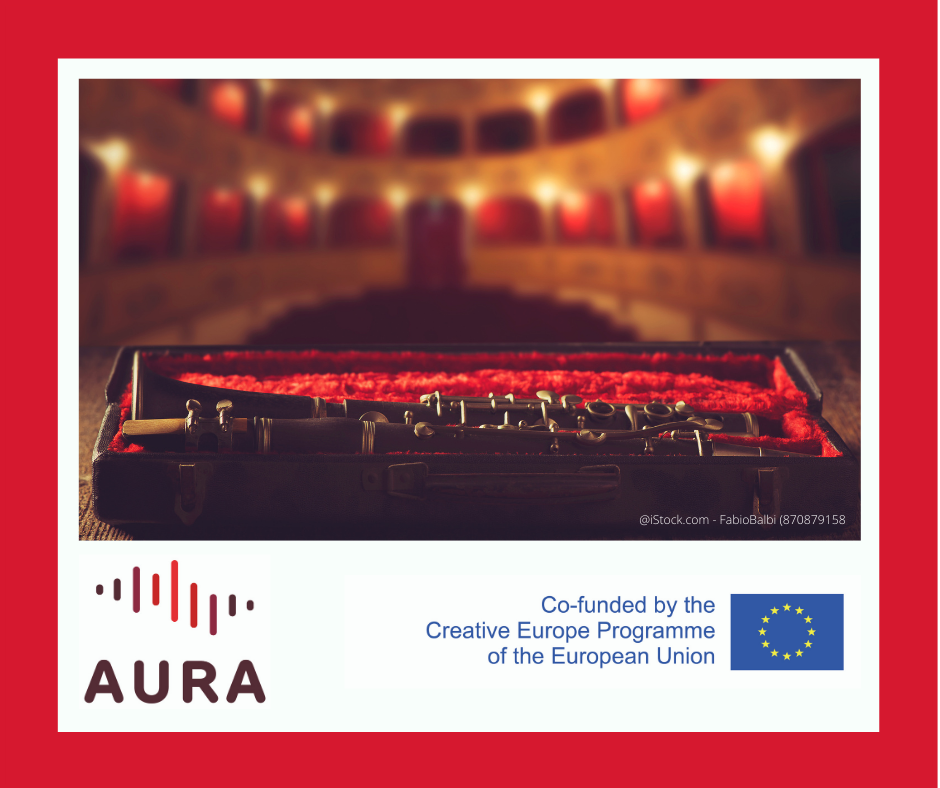
The fiest stage of AURA project. Results.
The common challenge is to improve and fully utilize the tourist potential in Berlin, Florence, and Lviv. Theatre and music performances are important things in cultural heritage. The fostering of new markets and new audience approaches for the cultural industry can be realized by analyzing the preferences of opera visitors in each city. The specifics of the Opera House building, its acoustic, the available cast, and the aura of the city are decisive in the popularity of certain performances. Knowing the nature of the sound of instruments and sound reproduction in the Opera House, we can increase the number of visitors. Artificial intelligence methods are used for preference analysis. Associative rules are an effective mechanism for finding relationships between the personal parameters of the visitor and the parameters of music performed in a particular Opera House.
The task of finding associative rules is to identify sets of objects that are commonly encountered in a large number of objects. The task of sequential analysis is to search for frequent sequences. The main difference between the tasks of sequential analysis from the search for associative rules is to establish a relationship of order between objects. The presence of a hierarchy in objects and its use in the task of finding associative rules allows you to perform a more flexible analysis and obtain additional knowledge. The results of the solution of the problem are presented in the form of associative rules, conditional and the final part of which contains sets of objects. Associative rules mining and interpretation allow building user scenarios and related business models for sustainable implementation.
In addition, monetizing digital events or using auralised spaces to enhance their marketing strategies or ticket sales can be realized. It is built on acoustic specific of the particular Opera House and preferences of each visitor. Ticket purchasing might be supported by giving an impression of the different acoustic experiences in the differently priced seats.
Common results
The project partners produce a variety of deliverables to be used for promoting new technologies in the world of music and empowering the music providers to attract new audiences and expand the scope of their cultural programme through virtual soundscape experiences.
- Auralised 3D models of three music venues, a technical description of the 3D modelling of the three venues, and a documentation of the approach, analytical results, and recommendations
3D models of the Great Hall of the Konzerthaus Berlin (Germany), the Opera di Firenze (Italy), and the Lviv Opera House (Ukraine), based on a laser-scanner and Structure from Motion (SfM) survey campaign will be created as demonstrator application featuring a virtual acoustic representation of the three-venue and allowing to experience classical music with appropriate auralisation (life-like sound behavior simulation). A guideline for the auralisation of virtual spaces compiled for organizations and artists that plan to auralise cultural venues, using the three models as demonstrations for different conditions. It will also describe the different experiences with variations of the 3 models.
- Three video tutorials – for music experts, for technicians and architects, for the general public
Video tutorials will be produced, providing an introduction into studies on the relation of audience experience and architectural acoustics and illustrating strategies and rationale for integrating auralisation as part of architectural studies.
- Supporting tools for business opportunities related to auralisation, marketing strategies, and approach
The tools will be designed to demonstrate opportunities of auralisation for the music performing industry and the related marketing and tourism businesses and to showcase monetizing models and business cases for their sustainable introduction into the music businesses. Models for tender specifications will empower music venue operators to conduct informed negotiations with IT companies.
- White Paper on auralisation
The white paper outlines the approach, analytical results, and recommendations of the usefulness of auralisation for music and theatre performers, for mediation and teaching of classical music and theatre, and for musical excellence in the performance, for organizing work environments and conditions for musicians, and for promoting European music and performance heritage, European orchestras and ensembles, and European music theatres and concert halls.
